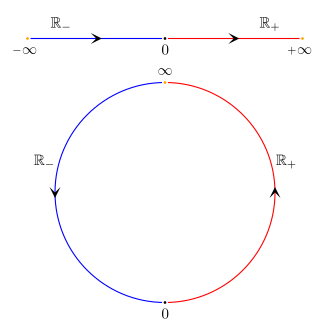created 2025-03-11, & modified, =this.modified
Well, think of the natural number line {1,2,3,…} which extends towards infinity. 1 is the farthest left and is therefore the smallest and has the lowest ranking.
Is there any conceptual basis for lower number = leftness? Is it just a mental model that we use to communicate something that doesn’t necessarily have a singular representation like that? I feel like I know subtracting, but I don’t. I’m just using something that I can see and touch with my hands, like I am walking with the numbers.
Like most people would feel they know where 1 is relative to 2, but the actual matter seems inexpressible?
“In mathematics you don’t understand things. You just get used to them.” John Von Neumann
On the history of the number line
The first mention of the number line used for operation purposes is found in John Wallis’s Treatise of Algebra (1685). In his treatise, Wallis describes addition and subtraction on a number line in terms of moving forward and backward, under the metaphor of a person walking.

Number Form
It seems in writing this there is this concept called Number form which is a more idiosyncratic mental map which automatically appears when someone who experiences number-forms thinks about numbers.

It has been suggested that number-forms are a result of cross-activation between regions of the parietal lobe that are involved in numerical cognition and angular gyrus for spatial cognition. Since the areas that process numerical and spatial representations are close to each other, this may contribute to the increased cross-activation. Synesthetes display larger P3b amplitudes for month cues compared to non-synesthetes, but similar N1 and P3b responses for arrow (← or →) and word (left or right) cues.
Hmm. Numbers? Just looking at the inside of your skull?

Des Phénomènes de Synopsie by Théodore Flournoy, 1893,
If I sit and think of the number line in my head, it resists being straight as I assemble the number. There’s tension for me to keep it in place, but I imagine it shifting no matter how much I try. It’s almost like I am doing it straight, but there’s a projection that occurs because of the passage of time (like how the path of a jet across the globe would be curved).
But I do not see this as a clockface.
Number-form synesthetes consciously experience numbers in spatially-defined locations. For non-synesthete individuals, a similar association of numbers and space appears in the form of an implicit mental number line as signified by the distance effect–reaction time decreases as the numerical distance between compared numbers increases. The findings suggest that: (a) number-form synesthesia impairs the ability to represent numbers in a flexible manner according to task demands; (b) number-form synesthesia is a genuine tangible experience, triggered involuntarily; and (c) the classic mental number line can be more pliable than previously thought and appears to be independent of cultural-lingo direction.